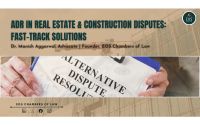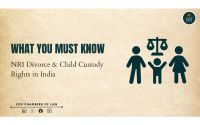No Law Gives Right To Husband To Beat & Torture His Wife: De

No Law Gives Right To Husband To Beat & Torture His Wife: Delhi High Court Grants Divorce To Woman On Ground Of Cruelty And Desertion
Synopsis
The court was hearing an appeal by a woman challenging the decision of the trial court, whereby it has dismissed her petition seeking divorce from the man on the ground of cruelty and desertion
While granting divorce to a woman on the grounds of cruelty and desertion by a man, the Delhi High Court held “No law gives the right to a husband to beat and torture his wife”.
The division bench of Justice Suresh Kumar Kait and Justice Neena Bansal Krishna said, in this case, it has been proved that the man failed to resume companionship with his wife and not only did there exist physical separation but it was also coupled with “animus” of not bringing her back to the matrimonial home.
Taking into account the medical documents of the woman, the court said in the absence of any rebuttal by the man, it has to be held that the woman’s testimony of being subjected to physical assault stands corroborated by the medical documents.
“Merely because the parties got married and the respondent was her husband, no law gave him the right to subject his wife to beatings and torture. Such conduct of the respondent necessarily qualifies as physical cruelty entitling the appellant to divorce under Section 13(1) (ia) of Hindu Marriage Act, 1955”, the bench said.
The court was hearing an appeal by a woman challenging the decision of the trial court, whereby it has dismissed her petition seeking divorce from the man on the ground of cruelty and desertion.
The appellant woman said that soon after the marriage she was subjected to physical and mental torture and various atrocities were meted out to her which she continued to tolerate in the fond hope that with passage of time “things would get settled”. However, the atrocities of the man and his family members increased day by day since their sole aim was to get rid of the her so that they could marry him to some other girl of some affluent family.
The woman also said that there was repeated demand for dowry and that she was deserted by the man who refused to take her back to the matrimonial home.
The bench noted that the woman had deposed that she was left at her parental home on May 11, 2013 in an injured condition and thereafter despite her efforts, the man failed to take her back to the matrimonial home.
It also noted that the man has not countered the testimony of the woman that she was brought back to the matrimonial home, for which there existed no reason.
“That the respondent had no intention of resuming the matrimonial relationship which also got reflected when he chose not to contest the petition”, the court said.
The bench noted that the divorce petition was filed after more than two years of separation and therefore the appellant is also entitled to divorce on the ground of desertion under Section 13 1 (ib) of the HMA.
Furthermore, the court noted that the man, who was present before it at the time of passing the order has no objection to the grant of divorce. “We accordingly find merit in the appeal and the marriage between the appellant and the respondent is hereby dissolved. The appeal is allowed and all the pending applications are hereby disposed of, accordingly”, the court ordered.
Post Categories
Featured Posts
Latest Posts
Latest Posts
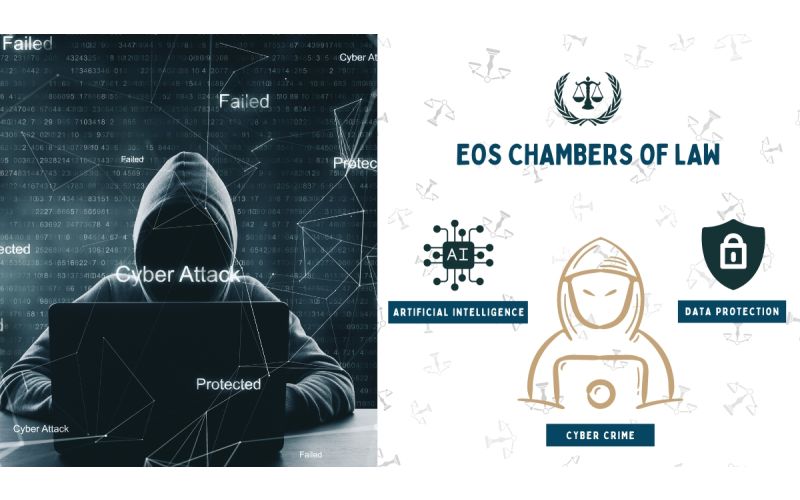
AI Data Protection and Cyber crime Navigating Through the Nexus...
It was the dawn of the Digital Revolution in the latter half of th century that started to reshape the world But with the advent of AI data protection and cybersecurity have become paramount concerns for individuals businesses and governments...

Inheritance and Succession Laws What Every NRI Should Know...
For Non-Resident Indians NRIs navigating inheritance and succession laws in India can be complex Whether dealing with ancestral property inheriting assets or managing family estates NRIs must understand the legal framework to safeguard their rights and avoid disputes Here are...

Why Is CARA Delaying Adoption Process Supreme Court Calls For Prompt Action To Benefit...
The Supreme Court on Friday raised serious concerns over the delays in the adoption process and the potential impact on both aspiring parents and children in need of loving homes The remarks came from a bench comprising CJI DY...
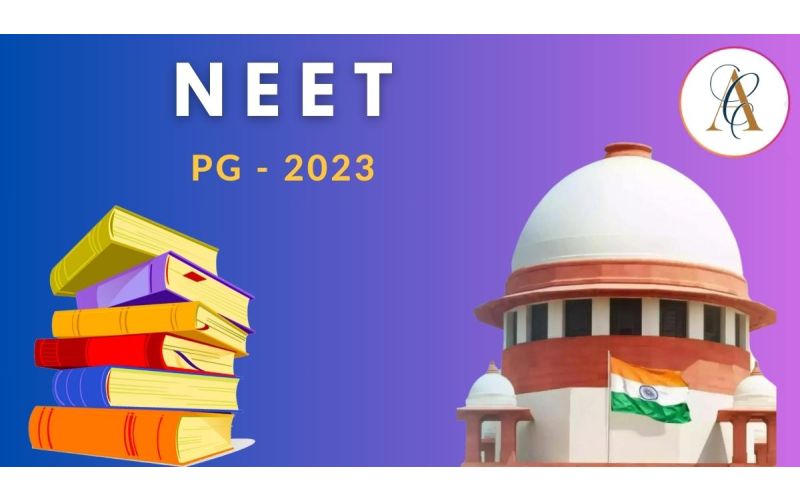
NEET-PG Supreme Court Dismisses Plea Challenging Reduction Of NEET-PG Qualifying Percentile To Zero...
The Supreme Court on Monday September dismissed a petition challenging the decision of the Union Government to reduce the cut-off for post-graduate medical college admissions through NEET-PG exam as zero percentile A bench comprising dismissed a PIL filed...
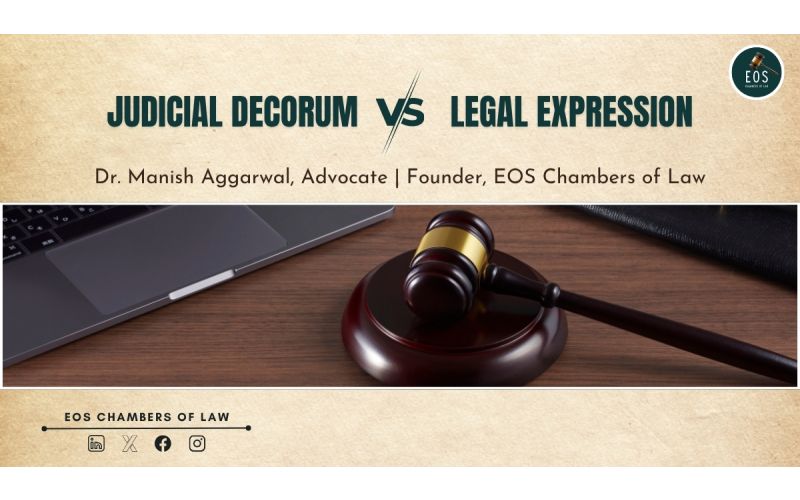
Judicial Decorum vs Legal Expression Balancing Dissent with Discipline in India s Courtrooms...
The Incident That Sparked a National Conversation The recent events in the Supreme Court of India have reignited a fundamental debate mdash where does a lawyer rsquo s right to expression end and duty to maintain decorum begin A courtroom...

Speak With Our
Get a Appointment









